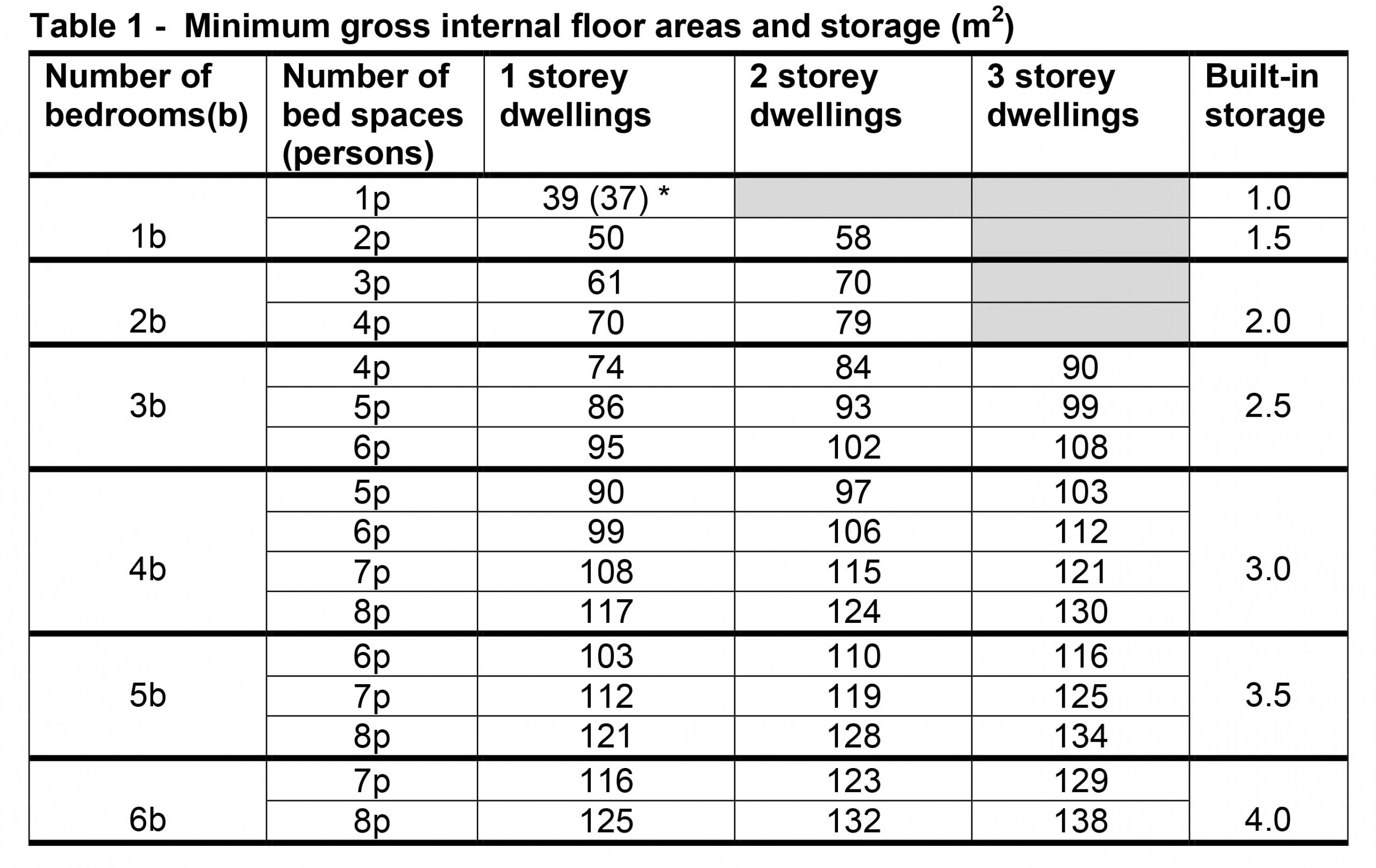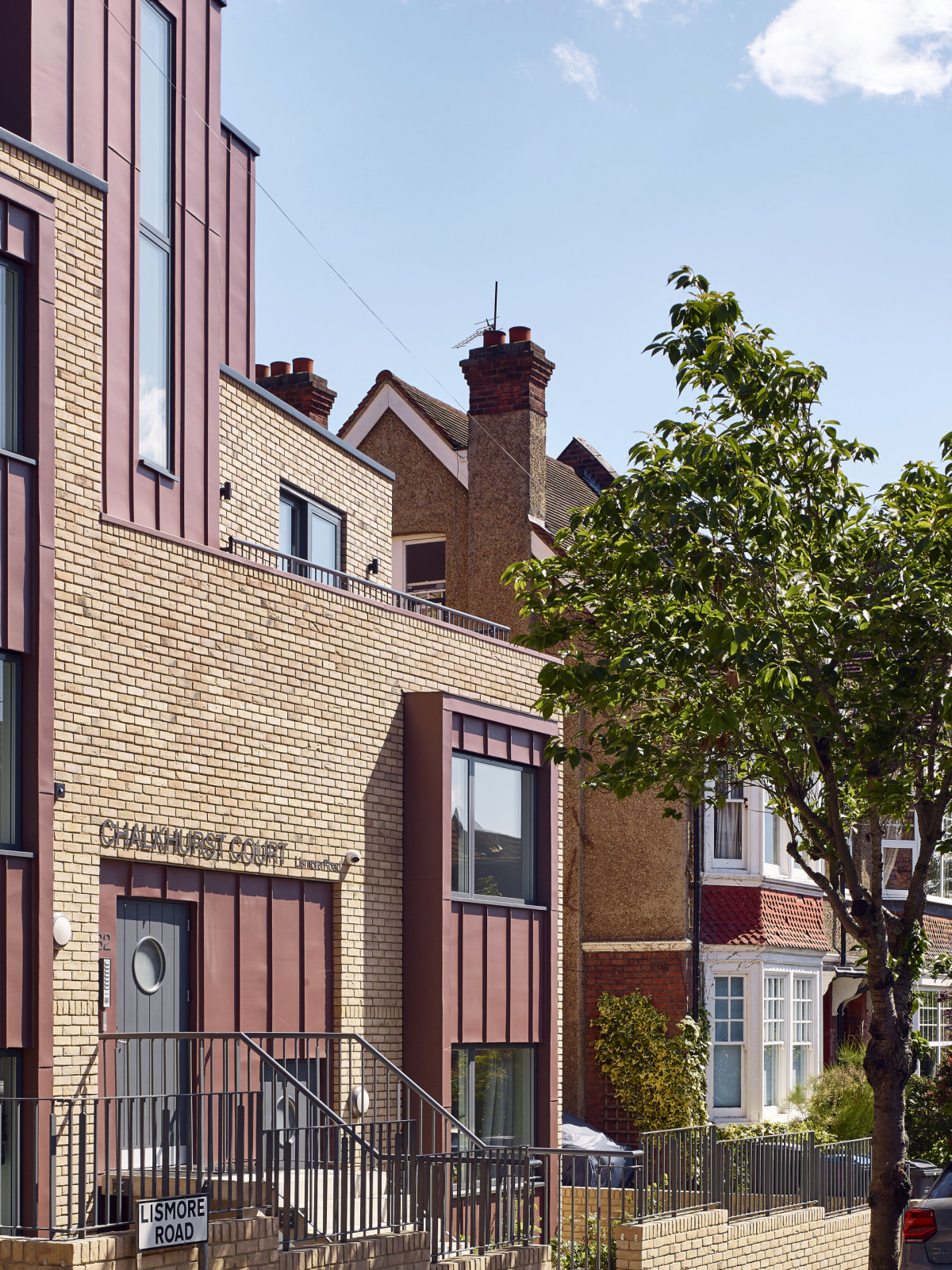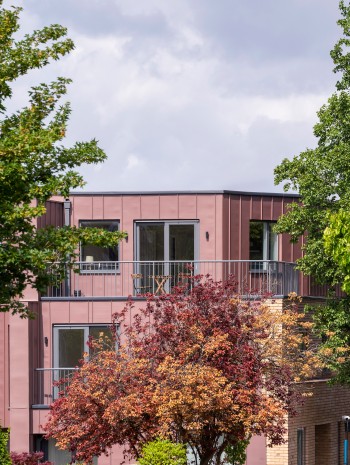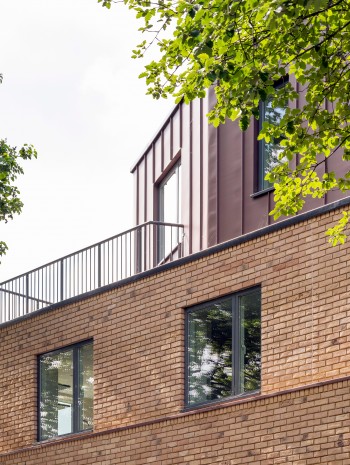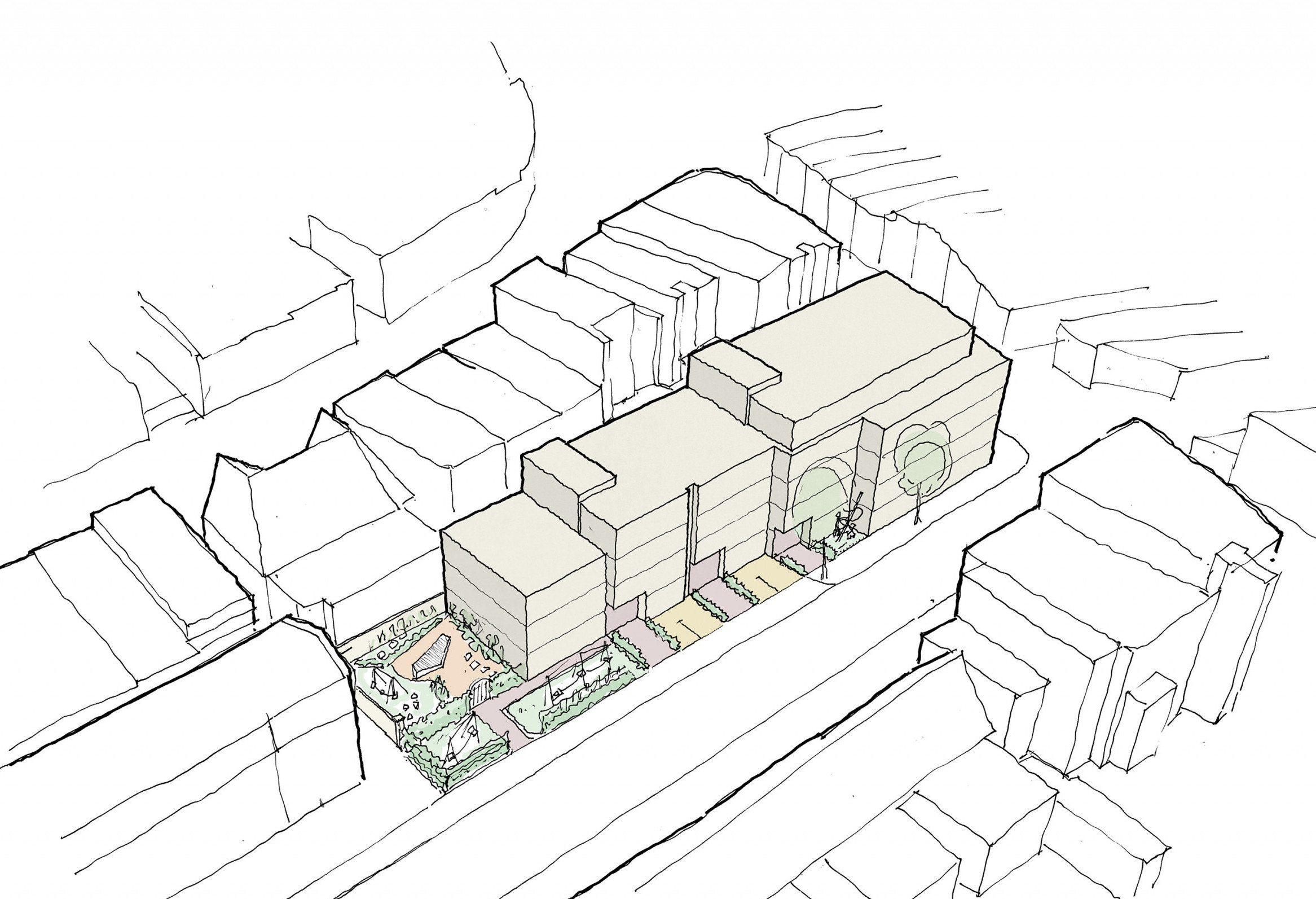
Calculating the number of residential units that can be achieved on a particular site is a critical stage in the design process as this can ultimately determine the overall value of the site.
This calculation requires the consideration of many factors, including the size and topography of the site, local plan regulations and the site’s connection to public transport. However, not all of the considerations are formulaic. In order to design a high-quality residential development that adds value to an area, the scheme should take into consideration the qualities of its context, respond to its surroundings and integrate with existing streets and ecological links.
The following provides an overview of the established guidelines that help to determine the number of units that can be achieved, as well as describing some of the non-quantifiable factors that must be taken into account during the design process:
Dwelling Space Standards
UK residential Space Standards are a set of minimum space requirements for new residential developments, set out as part of the London Plan. These standards specify the minimum area that each residential unit should provide, based on the number of bedrooms in the unit. For example, a one-bedroom, two-person unit must provide a minimum of 50 square meters of internal floor space. As well as internal space, a minimum of 5 sqm of private outside space should also be provided for one-to-two person dwellings, with an extra 1 sqm provided for each additional occupant.
It is important to emphasize that these guidelines only establish the minimum floor area required. Therefore, these figures are not intended to limit the size of the dwelling, in fact, exceeding the minimum requirement can enhance the value of the overall scheme. Increased comfort can also be achieved by providing dual-aspect dwellings and generous floor-to-ceiling heights which maximize natural light and ventilation.
Transport Links & PTAL Rating
It is important to assess local transport links, local authority parking requirements and how to create sustainable transport links to a site through pedestrian and cycle links. Careful design consideration must be taken to ensure the layout of the car parking does not create barriers to pedestrian or cycle routes, with an efficient layout allowing for the residential use of the site to be maximized. Developments should also provide dedicated long-stay parking space for bikes in accordance with any specific Local Authority requirements. All of this can influence how many residential units can be achieved on a site.
In London the Public Transport Accessibility Level (PTAL) is a rating system used to measure the accessibility of a site to public transportation. PTAL ratings range from 0 to 6, with 0 being the least accessible and 6 being the most accessible. This influences the number of car parking spaces required per unit on the site.
Local Plan Unit Mix
Development proposals should demonstrate how the mix of dwelling sizes and the mix of tenures meets strategic and Local Authority targets and are appropriate to their locations. This ensures that the development will provide an appropriate mix of housing types that will meet the full range of housing needs in neighbourhood.
Communal Facilities
Proposals should create for space for communal facilities such communal bin enclosures and refuse stores which should be accessible to people of all ages and to wheelchair users. The location should satisfy Local Authority requirements for waste collection as well as being close, but not adjacent to shared entrances to avoid noise and smell.
Shared communal amenity space is vital to residents and the community. Green open spaces are particularly valuable in urban areas for health and well-being benefits as well as helping cities to adapt to the effects of climate change through absorbing rainwater, mitigating floods, and creating cooler environments. Therefore, the number of units on the site should be balanced with an outdoor space provision which adheres as a minimum to the Local Authority’s open space strategies and policies.
For developments where 10 or more children and young people are expected to live, development proposals should also make appropriate play and informal recreation provision in accordance with the Local Authority policies (or Policy S4 set out in the London Plan)
Character & Context
Consideration must be taken to create a scheme which sensitively responds to its urban context. This means the height and arrangement of units must respect the existing character and urban grain of a place and contribute to the strategy and vision of the area.
Whilst there are no longer specific back-to-back distance regulations, as building heights increase, greater distance should be created between buildings to ensure adequate daylight into the dwellings. Careful consideration to the position and aspect of habitable rooms, gardens and balconies in relation to neighbouring buildings is key in order to create private and comfortable dwellings.
Further reading:
UK Space Standards (pdf)
Transport for London WebCAT, where you can check PTAL ratings
Beth Sprigg
Architectural Assistant

Beth joined Tate+Co in 2022. Since then, she has worked on a range of projects across leisure, hospitality and residential. Working across stages from initial feasibility, to visualizing projects at a later stage.
Beth graduated from Newcastle University in 2022 with a First-class honours degree. Her final project, ‘The Ark of Eternal food’ was awarded the William Bell Memorial prize for the best major project design at Part 1, as well as being nominated for the RIBA Bronze Medal. The project, set in the model mill-town, Saltaire, addressed a range of concepts from the idea of utopia, self-sufficiency to renewable energy and vertical farming. The project was also commended for the Climate Creatives Challenge – a national design competition to communicate the impact of climate change and address the importance of designing for flood resilience.
During her studies, she collaborated on numerous projects and won the NUAS X NAS inter-university architecture competition to design a public park pavilion. Outside of architecture, she has previously worked in film across both the UK and New York. She also enjoys travelling, having converted a campervan to drive to Bosnia in her year out.

